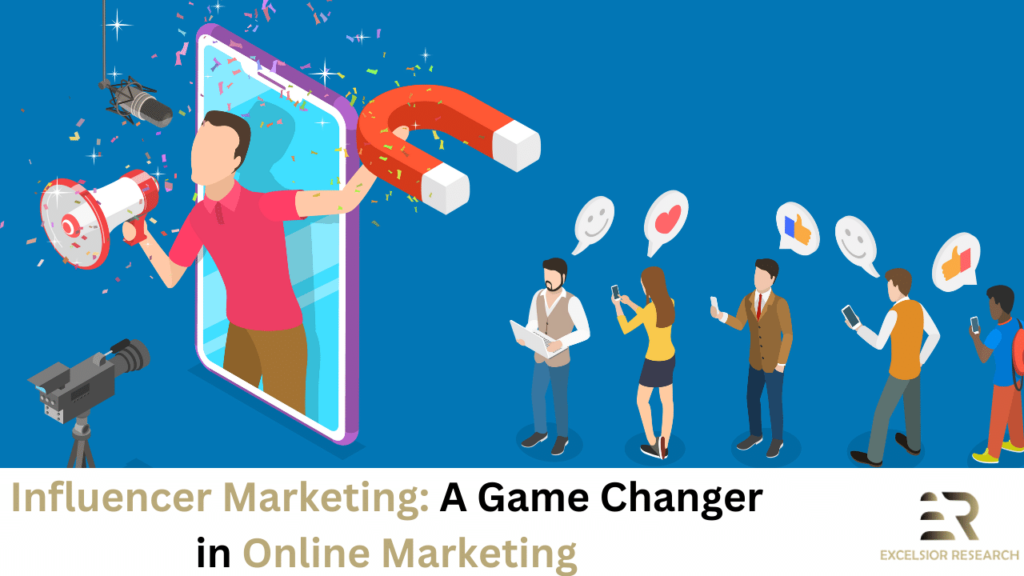
Personalized Emails: 10 Techniques To Get Prospects’ Attention
Have you ever noticed how quickly you tend to skim through a dozen work emails on a Monday morning? You probably don’t even read the content before moving on to the next one.
In today’s digital age, it’s becoming increasingly important to personalize your communication with prospects, and one effective way to do this is through email marketing. However, not all emails are created equal, and simply sending out a generic email blast to your entire mailing list is unlikely to yield great results. If you want to get your prospects’ attention and improve your chances of converting them into customers, you should know the techniques for crafting personalized emails.
Why Personalization is important?
Personalization is not just about higher open rates, it’s about winning the customer’s attention and ultimately their business. Your prospect deserves to know that you have taken the time to know who they are before reaching out to them.
To accomplish this, you must understand your prospects’ needs and pain points before reaching out to them. This approach not only improves the quality of your business relationships, but also saves time, which is a valuable asset.
This will improve the quality of your business connections and save time during the initial stages once the contract is signed. Time is a valuable currency today, and you need to ensure that your prospect doesn’t waste even a minute reading a dry, template email.
Personalized emails can make customers feel special because they are tailored specifically to them. This creates a sense of privilege and customer empowerment, which can encourage prospects to make a purchase decision.So, completing a little research on your prospects and their businesses doesn’t require any technical skills and doesn’t take much time.
Excelsior Research, a top B2B lead generation company, has identified the five best email personalization practices to make personalization easier than ever. Now that you know the importance of personalization, let’s move on to the best techniques:
1. Segment your audience
The first step in personalizing your emails is to segment your audience into different groups based on factors such as demographics, interests, and behavior. This allows you to tailor your messaging to each group and create more relevant and engaging content. For example, if you’re a clothing retailer, you could segment your audience based on gender, age, and buying habits to send personalized emails promoting relevant products.
2. Use personalization tokens
Personalization tokens are placeholders in your email that are automatically filled with the recipient’s name or other personal details, such as their location or job title. This makes the email feel more personalized and less like a mass email, which can improve your open and click-through rates. However, make sure you use personalization tokens sparingly and strategically, as overusing them can make your email look spammy.
3.Leverage user behavior
Another effective way to personalize your emails is to use data on how users have interacted with your website or previous emails. For example, if a user has abandoned their shopping cart, you could send them an email with a personalized message and a special offer to encourage them to complete their purchase. This type of personalization shows that you understand the user’s needs and can be very effective in converting them into customers.
4.Tell a story
Rather than simply promoting your products or services, try telling a story that resonates with your audience. This could be a personal story about how your business was founded or a case study about how you helped a customer solve a problem. By framing your email as a story, you can create a more emotional connection with your audience and make your message more memorable.
5.Test and iterate
Finally, it’s important to test and iterate your personalized email campaigns to see what works best. This could involve A/B testing different subject lines, calls to action, or even different personalization tactics. By analyzing your results and making data-driven decisions, you can continually improve your email marketing and ensure that your messages are
resonating with your audience.
6.Emphasize Commonalities with the Prospect
To capture someone’s attention in a cold email, it’s crucial to find commonalities with the recipient. People are more likely to trust and engage with others who share a common ground. Whether it’s a shared interest, educational background, or vacation spot, mentioning these similarities can make your email more relatable and effective.
For example, one of our SDRs successfully personalized a cold email by highlighting a shared interest with the prospect.
7. Celebrate the New Accomplishments Together
Another effective tactic is to celebrate the recipient’s recent achievements or milestones. This shows that you’ve done your research and are genuinely interested in their success. However, generic compliments won’t cut it. Be specific and mention something that truly impresses you, such as recent awards or accolades.
8. Improving the “About” Section on LinkedIn
If you’re struggling to find commonalities or achievements to mention, try checking out the recipient’s About section on LinkedIn. This can give you insight into their personal and professional passions, which you can use to craft a more personalized and engaging email.
9.Consider your prospect’s primary objectives
Understanding your prospect’s true needs and desires can aid in crafting a highly customized email. Although each business faces unique challenges, they typically strive to achieve five general goals: earning more money, acquiring more clients, cutting costs, expanding their business, and impressing their boss. By determining which of these five key objectives are most prevalent among your clients, you can develop effective email personalization practices.
10.Personalize Yourself
In addition to tailoring emails to the client, it’s also crucial to add a human touch to your interactions with prospects. Personalizing your brand and incorporating a real person’s photo and contact information into your emails can lead to more positive responses from prospects, according to Hubspot’s experiment. If you’re uncomfortable sharing a real photo, you can opt for an avatar, illustration that resembles your appearance, or even a vector image.
Conclusion
Personalising your emails is a powerful way to get your prospects’ attention and improve your chances of converting them into customers. By segmenting your audience, using personalization tokens, leveraging user behaviour, telling a story, and testing and iterating your campaigns, you can create highly effective and engaging emails that stand out in a crowded inbox.
Don't forget to share this post
Our Recommendation









